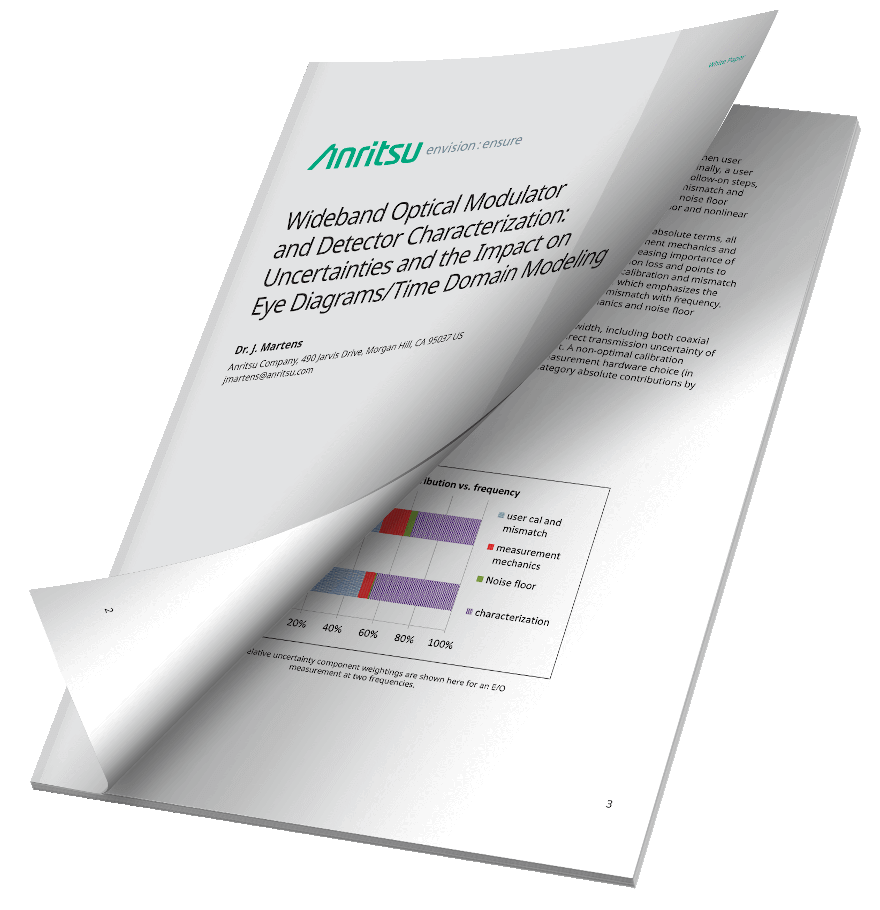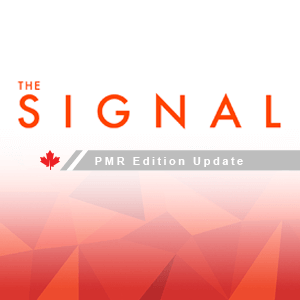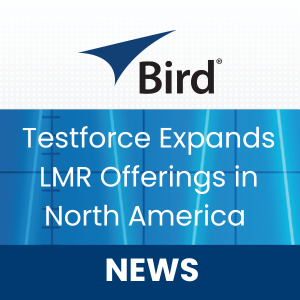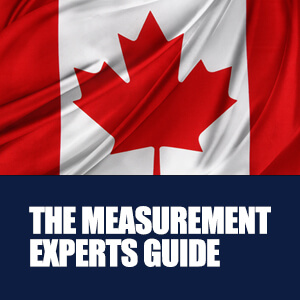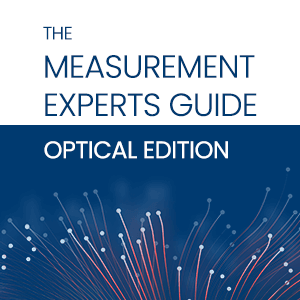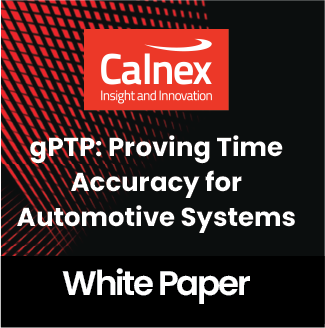
How to optimize critical uncertainty components to noticeably improve eye behavior
Optical modulators and detectors operating to 110 GHz or higher have existed for years [1-3] and characterization/calibration methods have been well-published [4, 5], but less attention has been paid to the optimization of uncertainties of those converter measurements in a practical user context. The frequency dependencies of the various error mechanisms are different, so the wide bandwidths may require procedural changes for optimum results. From a subsystem simulation/modeling/analysis perspective, accuracy in those microwave/millimeter-wave (mmWave) frequency domain characterizations is important but sometimes not studied in terms of how they affect the final eye diagram, bit error rate, or other higher level system operational parameters. This paper will explore the characterization and calibration processes, mainly for >70 GHz bandwidth components in both 1550 and 1310 nm wavelengths, and will look at the net uncertainties and how they propagate to example eye diagram generation.
Download to read more!
